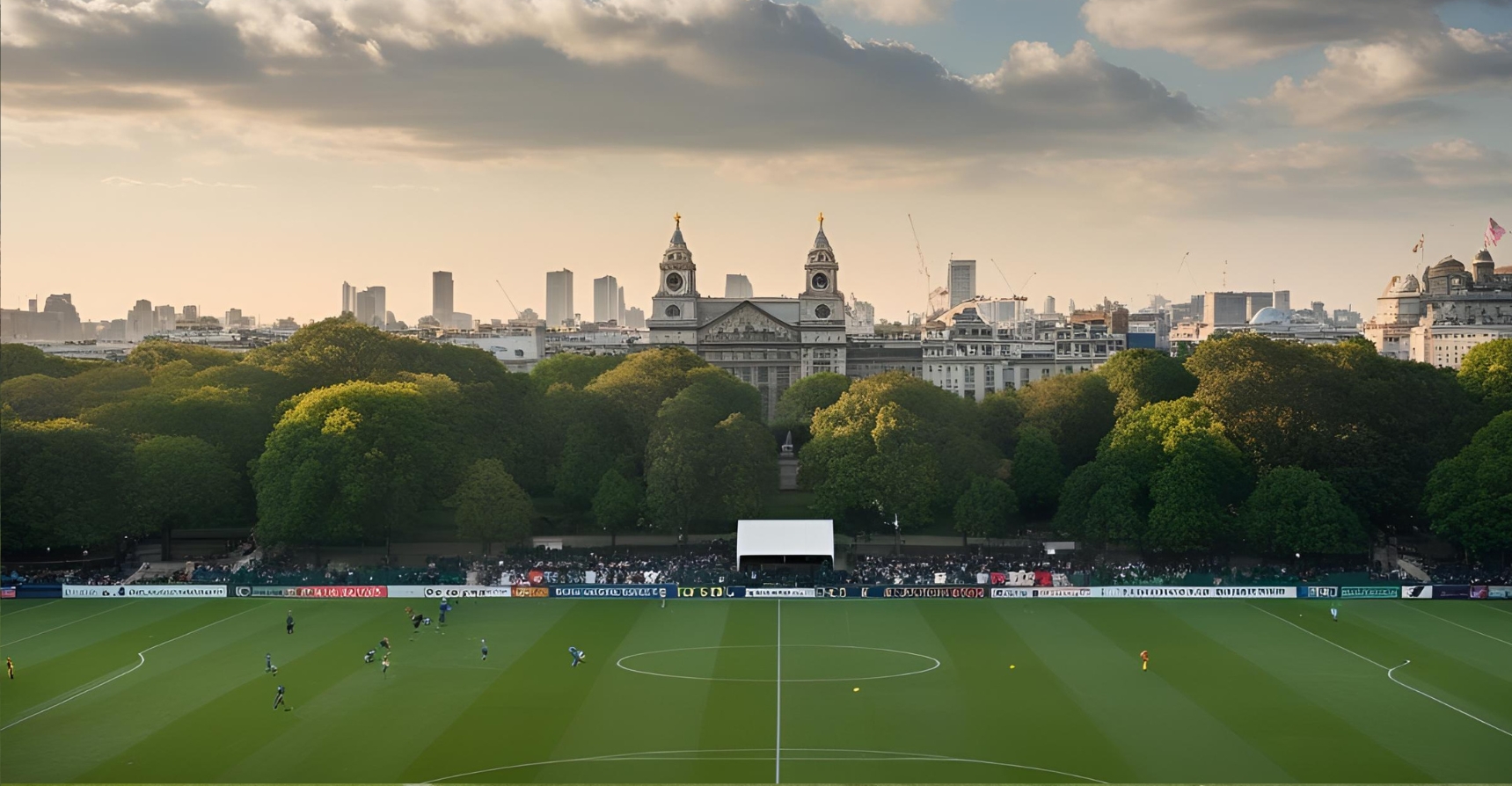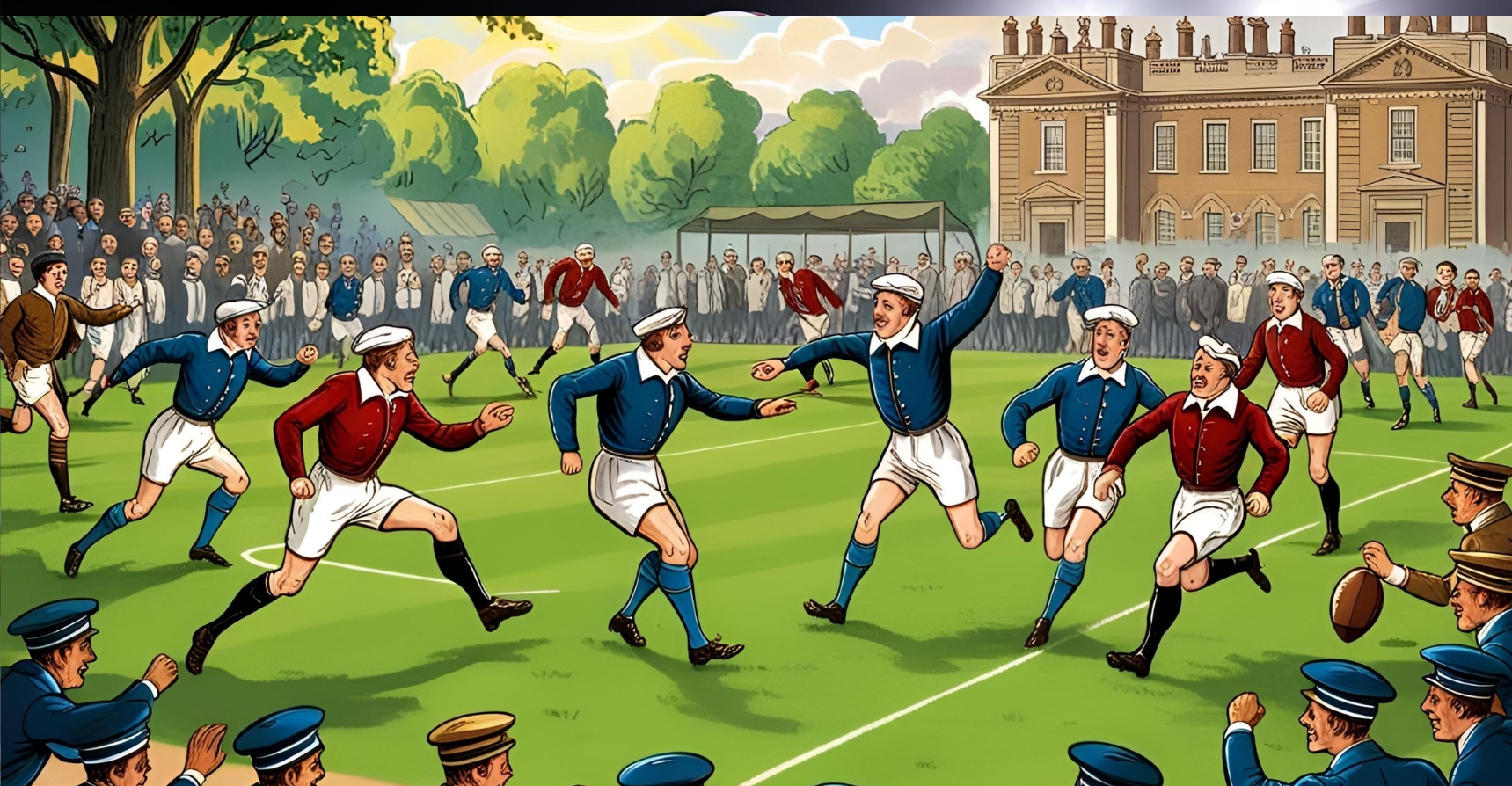Hyde Park is one of the most famous parks in London. It covers 350 acres in the city’s heart. It was once a hunting ground for King Henry VIII. Later, it became a public park. Today, it is a major tourist attraction. People visit for relaxation, sports, and history.
Football is the world’s most popular sport. It has deep roots in England. Early versions of the game existed for centuries. By the 19th century, football had structured rules. Clubs and leagues began forming. It soon became a national passion.
Did Hyde Park play a role in football’s early days? Many believe it did. The park’s open fields made it perfect for sports. Locals played informal matches there. Some early professionals trained on these grounds. Even aristocrats took part in games.
Football in Hyde Park was once common. Crowds gathered to watch exciting matches. Young players developed their skills. The park helped football grow into a global sport. Over time, its role changed. Stadiums became the new football hubs. However, Hyde Park’s football legacy remains important.

How Did Football Begin in Hyde Park?
Football’s Rise in London
Football grew fast in 19th-century London. Schools and clubs established rules. Matches became more structured. Hyde Park became a favorite playing spot. The park offered large, open fields. It attracted students, workers, and sports lovers.
The Park’s Role in Early Matches
- Free Open Space for Play Hyde Park provided a free, accessible area for football. Unlike private fields, anyone could play here without restrictions.
- No Special Equipment Required Players needed just a ball to start a match. The simplicity made football popular among all social classes.
- Informal Games with Flexible Rules Matches were unstructured and spontaneous. Teams formed on the spot, adapting rules as they played.
- Spectators Boosted the Sport’s Popularity Crowds gathered to watch matches. This public interest helped football grow into a mainstream sport.
- Skill Development for Aspiring Players Future stars practiced here before joining clubs. The park was a training ground for raw talent.
- A Breeding Ground for Football Talent Many legendary players began their journey here. Hyde Park became the most influential early football hub in London.
Did Hyde Park See Competitive Matches?
Victorian-Era Football Games
Football was different in the 1800s. Matches had fewer rules. Games were rough and unpredictable. Hyde Park was a hotspot for these encounters. Factory teams played against each other. Local clubs competed for pride. Many legendary players started here.
Amateur vs. Professional Matches
At first, football was an amateur game. Hyde Park was a training ground for many. As leagues formed, professionals emerged. Some of them started in Hyde Park. It was a bridge between casual and competitive football.
Which Famous Players Played in Hyde Park?
Early Football Legends
Many early footballers played in Hyde Park. Some went on to become stars. The park helped shape their careers. Young talents tested their skills here. It was a stepping stone to bigger clubs. Football history owes much to Hyde Park.
Royalty and Aristocrats in Football
- Royal Interest in Football – Even royals showed interest in football. They appreciated the sport’s growing popularity.
- Attendance at Matches – Some attended Hyde Park matches. They watched both casual and competitive games.
- Participation in Games – Others joined informal games. Royals played alongside commoners, breaking social barriers.
- Football as a Unifier – The sport united people from different backgrounds. It became a symbol of equality.
- A Game for Everyone – Football evolved into a sport for all classes. Hyde Park played a key role in this change.
- Historical Significance – This royal involvement helped football gain prestige. It boosted the game’s early development.
How Did Hyde Park Shape Football’s Growth?
A Hub for Training Future Stars
Hyde Park was a training ground for many. Young players learned the game here. They improved their techniques. Some went on to join major clubs. The park played a key role in football’s development.
Football and Public Engagement
Football attracted large crowds. It became a major social event. Fans cheered for their teams. Hyde Park brought people together. The sport’s popularity soared. The park helped football become a national obsession.
Why Did Football Decline in Hyde Park?
Urbanization and Space Limitations
London grew rapidly. More buildings appeared. Open spaces became rare. Hyde Park faced restrictions. Football had to move elsewhere. Stadiums became the new home for the sport.
The Rise of Professional Stadiums
Football needed proper facilities. Stadiums provided better playing conditions. Organized leagues required fixed venues. Hyde Park was no longer suitable. The sport evolved, leaving the park behind.

Is Football Still Played in Hyde Park?
Current Sporting Activities
Today, Hyde Park hosts many sports. Football is less common. Other sports have taken over. Jogging, cycling, and horse riding are now popular. Casual football matches still happen, but rarely.
Preserving Hyde Park’s Football Heritage
Hyde Park’s football history is valuable. Efforts exist to remember it. Some suggest placing plaques. Others propose guided tours. Football fans want to honor the park’s legacy.
FAQs
Did Hyde Park host professional football matches?
No, but it hosted informal games. Some early pros trained there.
Were famous footballers involved in Hyde Park matches?
Yes, some early stars played here before going professional.
Is football still played in Hyde Park today?
Casual games happen, but no major matches take place.
Why did football decline in Hyde Park?
The rise of stadiums and urbanization pushed football elsewhere.
How can we remember Hyde Park’s football history?
Placing plaques or organizing guided tours can preserve its legacy.
Conclusion
Hyde Park played a major role in football’s early days. It was a place where the sport grew. Young players honed their skills there. Teams competed in thrilling matches. Even royalty enjoyed the game.
Over time, football changed. Stadiums became the sport’s new home. Hyde Park’s role faded. But its legacy remains. The park contributed to football’s history. Without it, the game might not have evolved the same way.
Today, Hyde Park remains an important landmark. People visit for various reasons. Some come for its beauty. Others seek its history. Football lovers appreciate its past. Though no longer a football hub, it deserves recognition.
By remembering Hyde Park’s football history, we honor the sport’s roots. This park helped shape modern football. Its fields once hosted legendary matches. Its contribution to the game will never be forgotten.
Hopewell High’s Best Football Player: A Journey of Strength and Success